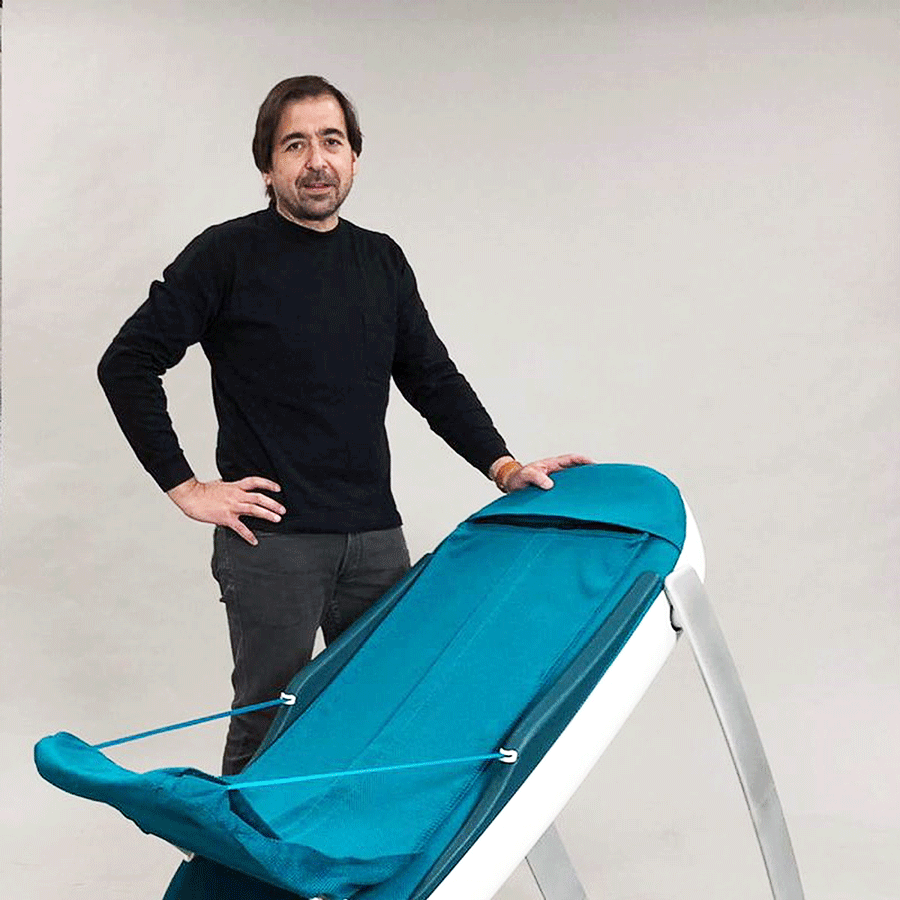Prototyping Sports Products
An introduction to prototyping new sports products.
A prototype is a modelled representation of a product. It’s an early, low-cost sample of a product that’s used to test features or find flaws so that the final version can be improved. Prototypes allow you to get user input on your product from stakeholders, partners, and customers. This data can be used to create a product that satisfies their needs.
Low-fidelity prototypes and high-fidelity prototypes are two sorts of prototyping approaches and methodologies.
Low-Fidelity Prototypes
Low-fidelity prototypes are a simplified and unfinished representation of the final product. Not all visual aspects and content elements are conveyed in a low-fidelity prototype.
While translating a broad concept to a low-fidelity prototype does not take much time or work, it can be utilised to obtain user feedback early on.
High-Fidelity Prototypes
High-fidelity prototypes are more interactive and functional than low-fidelity prototypes. They show a product that is closer to reality, with the majority of the design features completed.
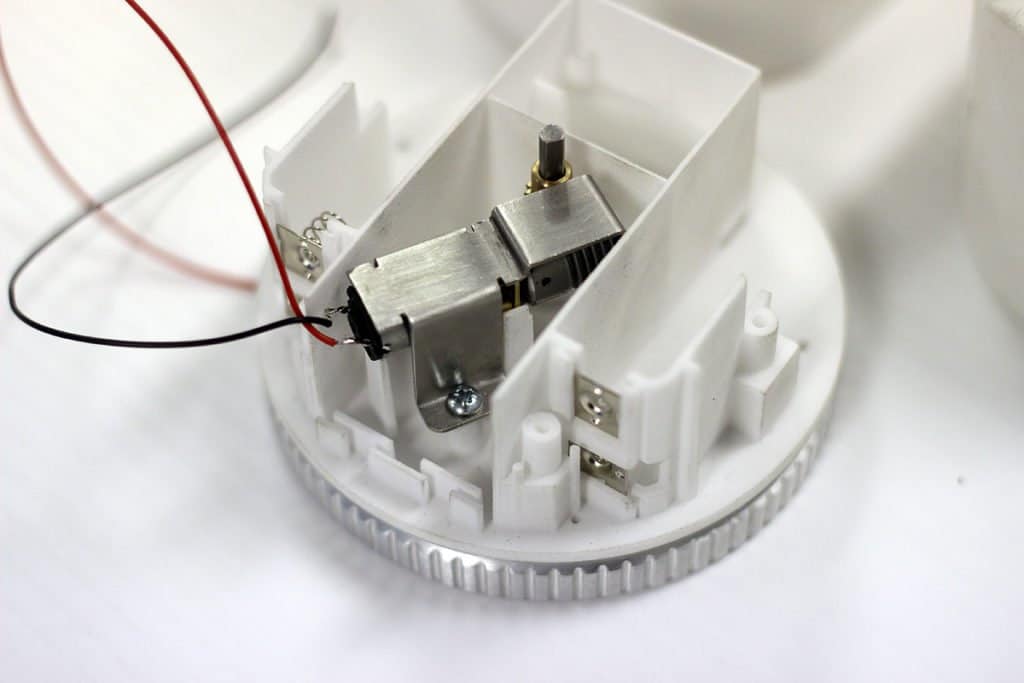
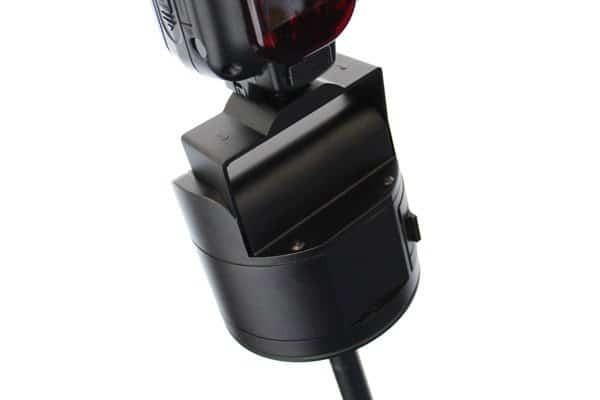
Sporting events take place all year, and it’s fascinating to observe how developing sports products can improve a sport’s safety, aid in training, or even establish a new sport entirely. We’ve been privileged to work on many different sports products some of which significantly improve athlete’s performance.
Some inventions in sports product design are wholly new, while others are re-inventions of existing things. Some items are deceptively simple but extremely beneficial, while others use cutting-edge technology to improve on an established concept. The possibilities are unlimited when it comes to sports product design.
Finally, prototypes might be used to promote a design or direction. Prototyping and user testing provide useful ideas and quotes from users that support a given product direction.
You may advocate for a better user experience, and hence a more sellable product, by sharing your findings with management and product owners. Finally, the better the entire user experience, the more marketable and beneficial your finished product will be to your user.
The Benefits of Prototyping
● Reduced time and costs: Prototyping enhances the quality of the specifications and needs offered to customers, saving time and money. Customers can anticipate greater expenses, needed adjustments, potential project roadblocks, and, most crucially, potential final product disasters with prototyping. Prototyping can secure product quality and cost savings for many years.
● Improved and increased user involvement: Improved and improved user involvement: Most customers want to feel as if they are a part of the project’s precise aspects. Users must be involved in prototyping because it allows them to view and interact with a working model of their idea. Customers can provide immediate feedback, request project revisions, and change model specifications using prototypes. Most importantly, prototyping aids in the elimination of misunderstandings and miscommunications during the development process.
● Make Customer Happy: Nothing pleases consumers more than projects that are completed on time and within budget. Prototyping enhances the quality of customer needs and specifications. Changes that are required later in the development process are considerably more expensive to implement. Prototyping allows you to figure out what the end-user wants sooner and with less expensive software.
The Disadvantages of Prototyping
Unfortunately, no project development model is ideal. Before selecting to use prototyping in project development, assess the advantages and disadvantages.
● Insufficient analysis: Clients can be distracted from adequately examining the entire project if they focus on a narrow prototype. The potential result: Better solutions may be overlooked, specifications may be insufficient, or limited prototypes may be converted into poorly engineered and created final projects that are difficult to manage.
● User confusion: Customers mistaking a prototype for the finished product is bad scenario for any prototype. Customers may not realise that a prototype should not be assessed in the same way as a final product. Customers may also mistakenly believe that the prototype accurately represents the final system’s performance. Customers may also develop a fondness for prototype features that aren’t included in the final product.
● Developer misunderstanding of user objectives: Product designers and clients must be on the same page and share the same project objectives for a project to be successful. Customers who demand that all prototype features be included in the final product might cause team and mission disputes.
● Excessive Development Time: Prototypes are by their very nature intended to be developed rapidly. If too much time is spent constructing a sophisticated prototype, the project may hit snags (especially if there are conflicts about prototype specifications) and go over budget in terms of both time and money as well as being delayed into the market.
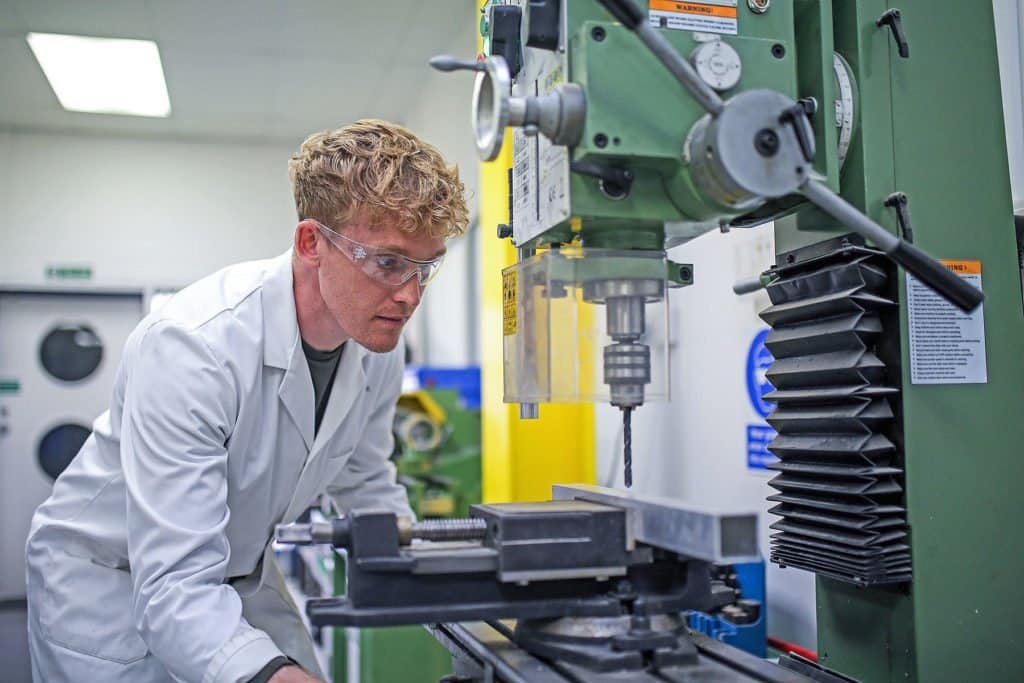
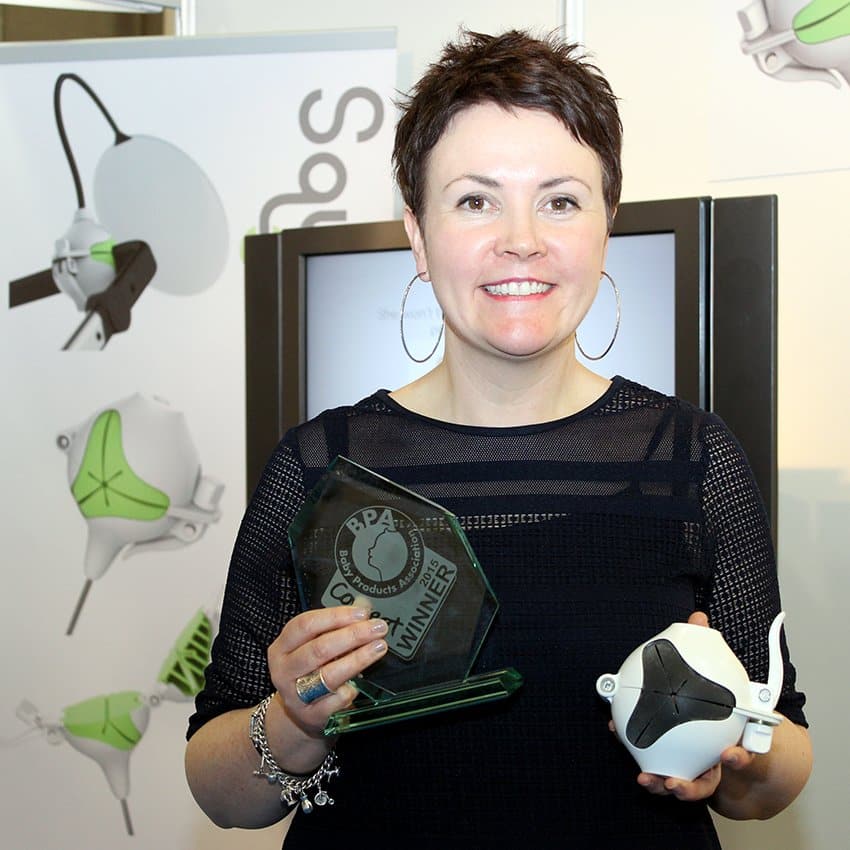
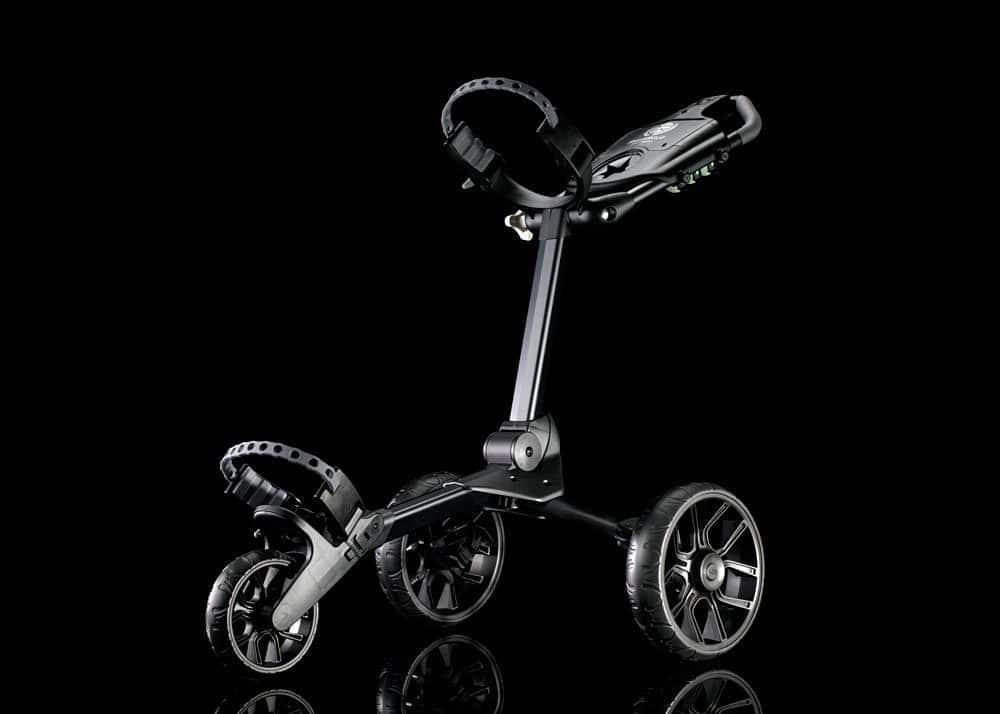
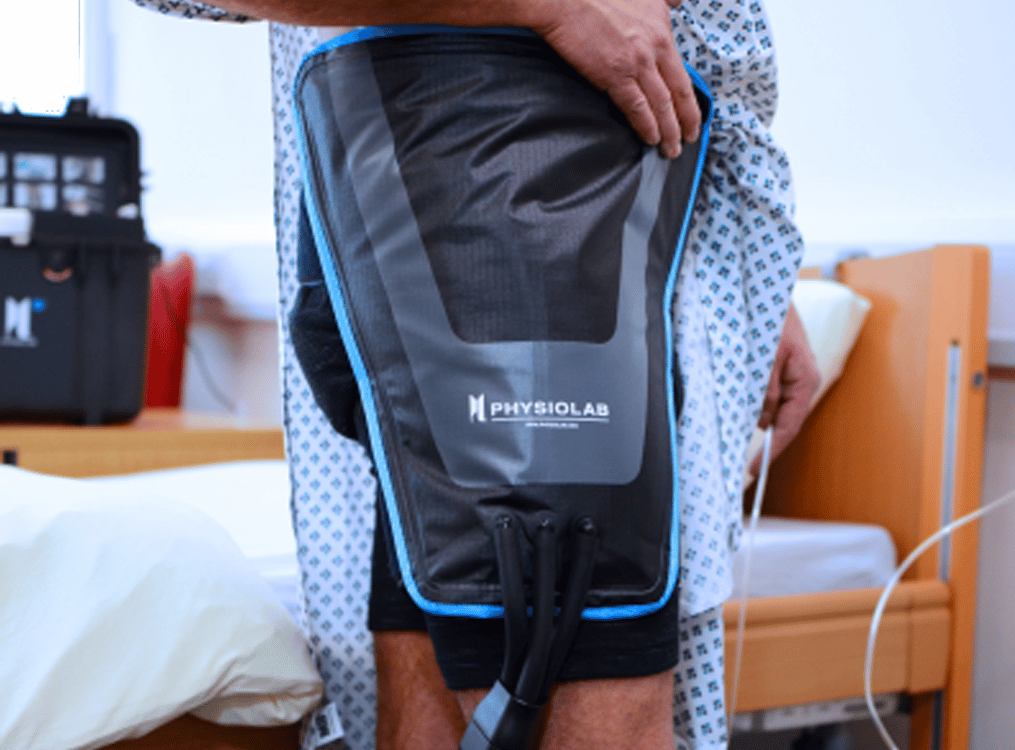
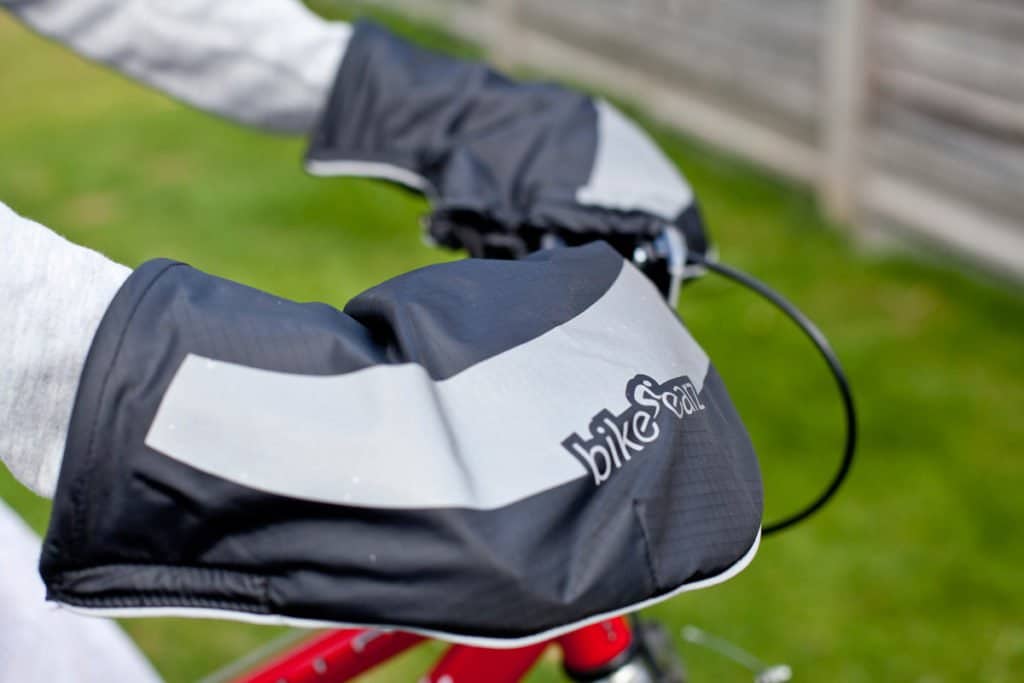
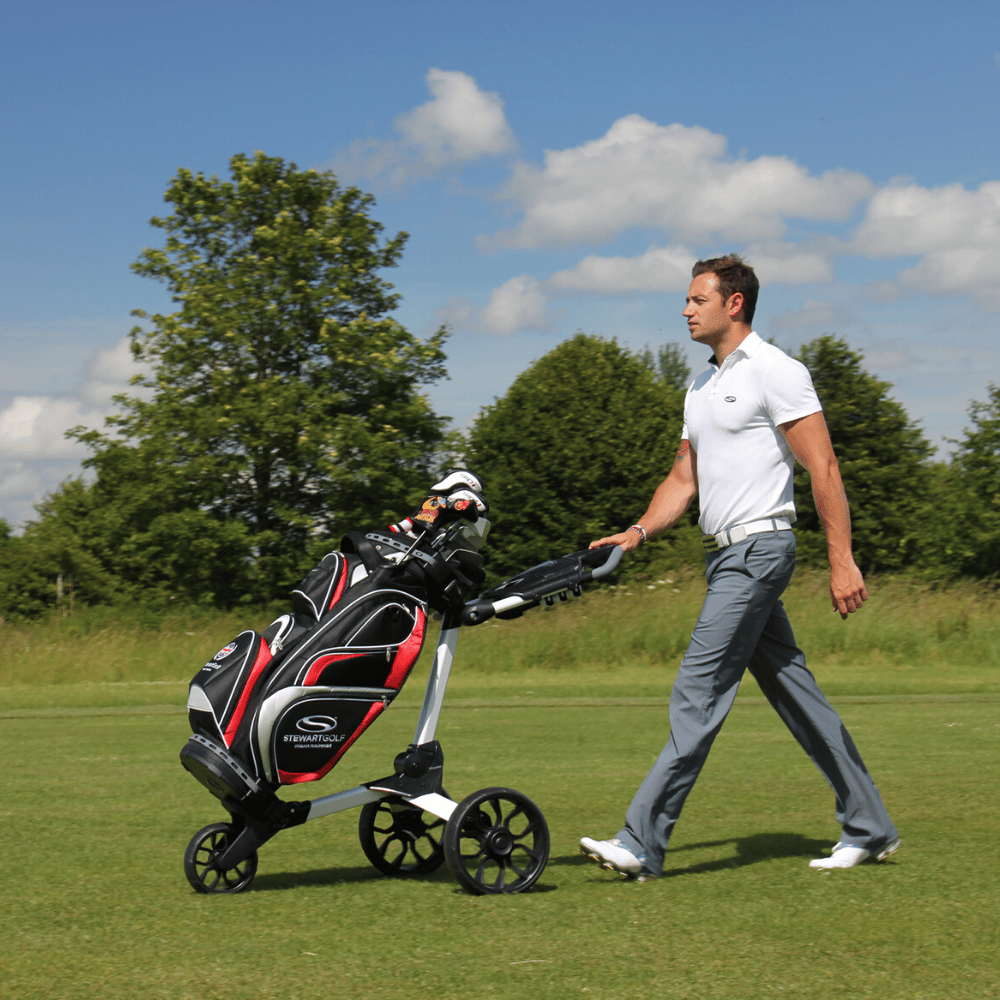
Hundreds of products have been developed by our experienced team of industrial and mechanical designers, from concept to mass market. If you would like to read more about sports product design click here.
In product development, strategy, product management, manufacturing, and IP protection, our industrial and mechanical designers collaborate closely with our clients. We assist businesses and individual inventors in identifying, visualising, and communicating revenue-generating product design ideas. In a nutshell, we create meaningful innovation for our clients, our company, and the globe.
If you have an idea for a sports product but don’t know where to start, contact us today and we can arrange a call.
Do we sound like the product design company you've been looking for?
Get in touch with us today to discuss your requirements.
Expert Knowledge
We’re all about helping companies, startups and entrepreneurs to succeed with designing new products.
Get your hands on some of our carefully crafted videos, pdfs and podcasts. If you want to successfully develop and launch a new product idea then click the images to discover more about these free, instantly available resources.
Rated 5 stars on Google
What our clients say


